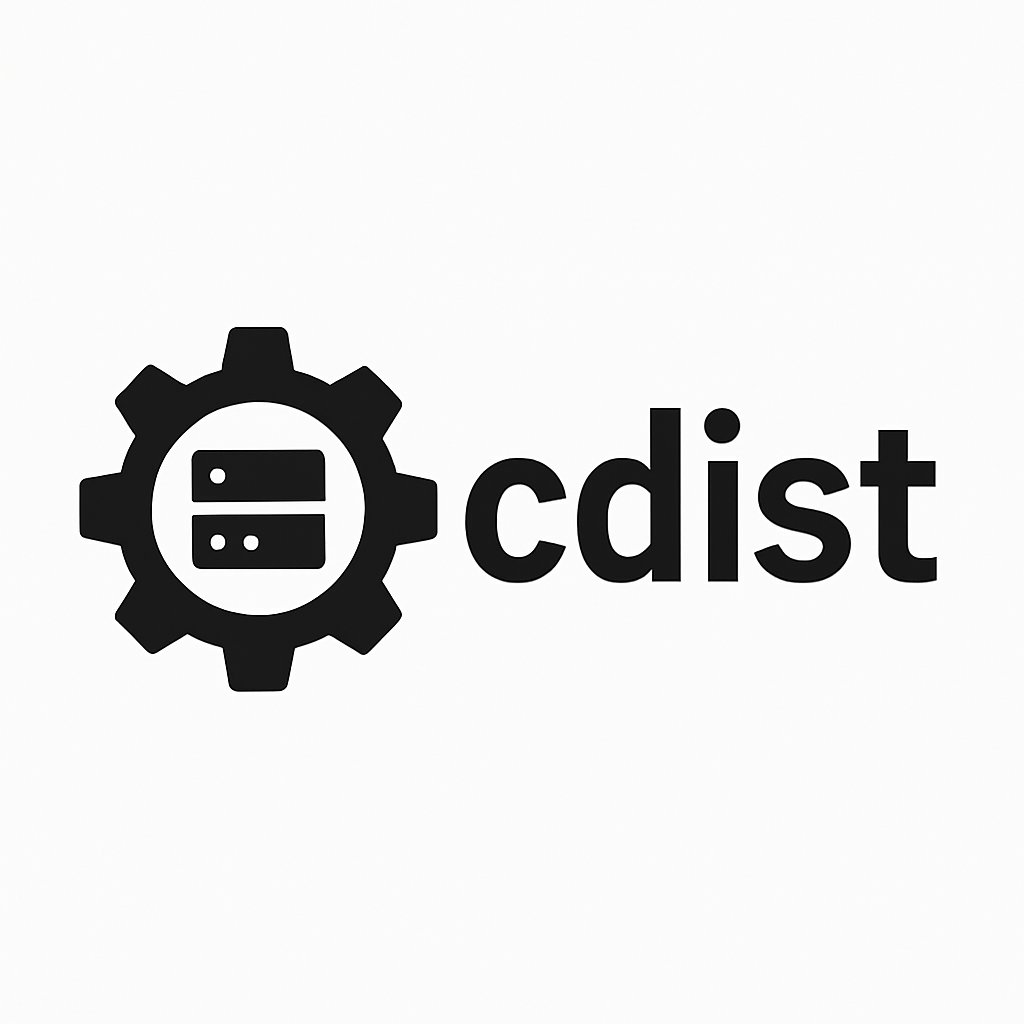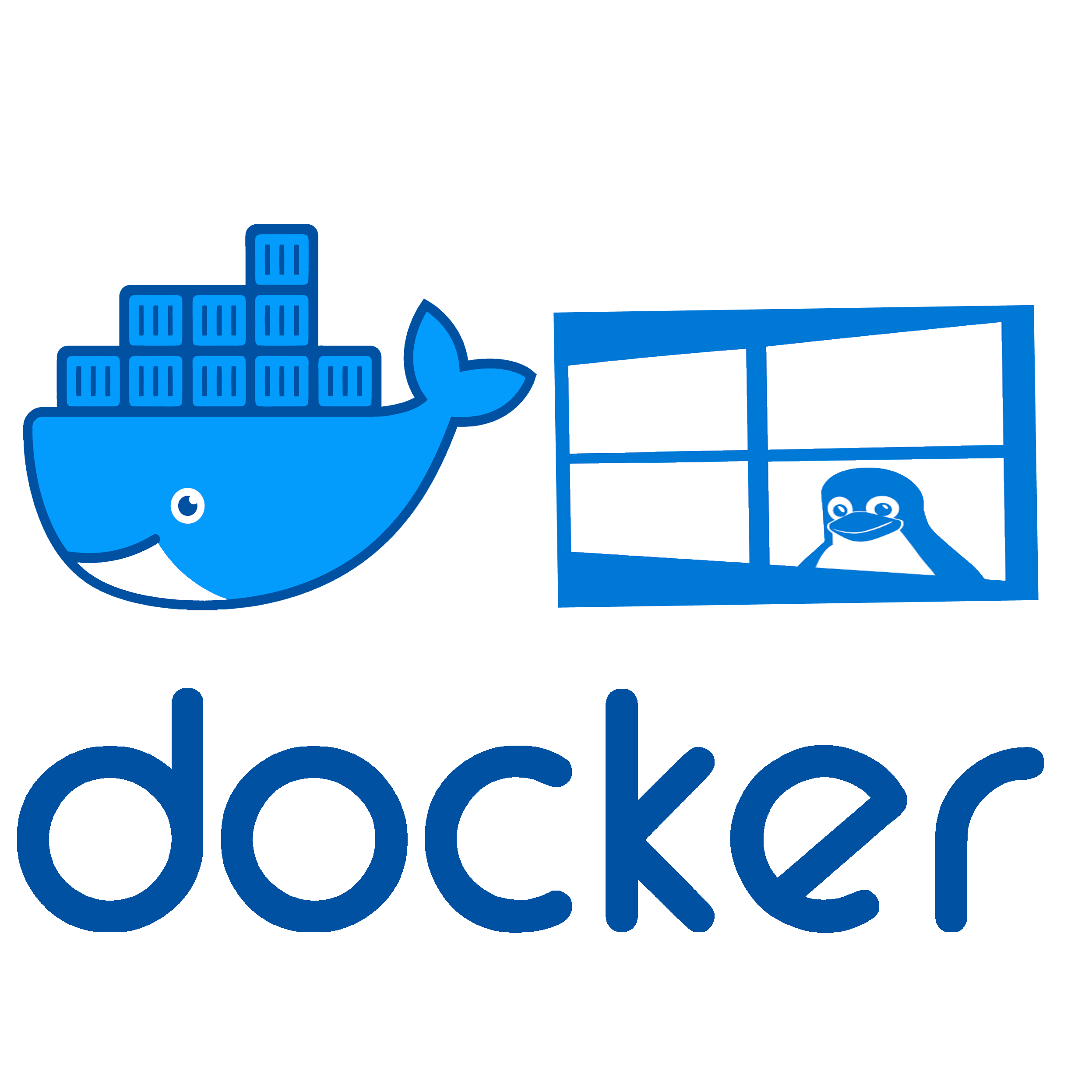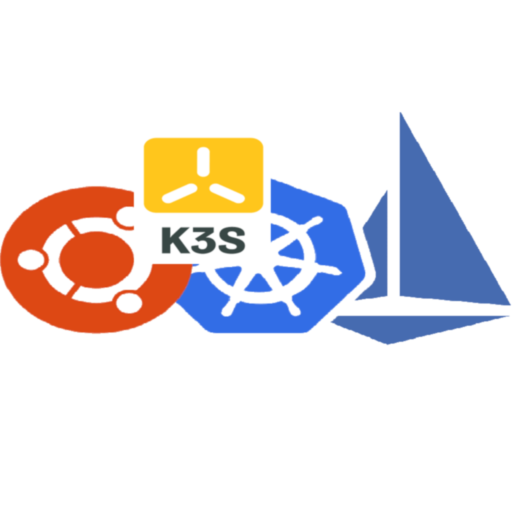VirtualBox – Virtual Machines That Just Work, No Cloud Required
What Is VirtualBox
VirtualBox is the kind of tool that’s been around long enough to become a default. It runs on almost anything — Windows, Linux, macOS, even Solaris — and can host nearly any OS you throw at it, from modern Linux distros to Windows 98 or FreeBSD.
But it’s not just about legacy support. What makes it stick around is simplicity. You download it, install it, and within a few clicks, you’re running a VM. No licensing mess, no special hardware. It gives you everything from virtual networking and shared folders to USB passthrough and nested virtualization — all in one tidy GUI.
For devs, testers, and sysadmins who need local isolation without going full cloud or enterprise hypervisor — it still hits the mark.
At a Glance
| Feature | Details |
| Host OS | Windows, Linux, macOS, Solaris |
| Guest Support | Windows (NT to 11), Linux, BSD, DOS, older macOS* |
| Hypervisor Type | Type 2 (runs on top of the host OS) |
| Snapshots | Yes, with full save/restore capability |
| Networking | NAT, bridged, internal, host-only, and more |
| USB Support | Passthrough for USB 1.1, 2.0, and 3.0 |
| File Sharing | Shared folders, clipboard sync, drag-and-drop |
| CLI Tools | Full command-line control via `VBoxManage` |
| Extras | Extension Pack adds RDP, encryption, PXE, more (non-free license) |
| License | GPLv2 (core), PUEL (for extensions) |
| Website | https://virtualbox.org |
How It Feels to Use
Spinning up a VM in VirtualBox doesn’t take much — and that’s part of the appeal. It’s not trying to be flashy or “cloud-native.” It just gives you a virtual computer you can boot up and mess with. Want to test an ISO? Clone a Linux setup? Try out an old Windows build? Click-click-done.
Everything’s visible: virtual disks, CPU and memory settings, network adapters. And if you don’t want the GUI? `VBoxManage` lets you do it all from the terminal — including headless runs.
It may not win benchmarks, but in practice, it’s stable, reliable, and doesn’t fight you when you want to get work done.
When VirtualBox Still Makes Sense
– Creating quick test environments without spinning up cloud resources
– Running tools that only work on older versions of Windows or Linux
– Isolating risky workloads or malware samples for analysis
– Setting up reproducible dev/test setups that can be snapshotted or cloned
– Learning OS internals without touching production machines






